Senior Design Capstone Class
Alumni Supported Senior Capstone Design Class
Over the course of one or two academic semesters, seniors work in teams to develop advanced engineering projects. Besides working with a faculty instructor, they also are given an opportunity to work with professional mentors from the industry once a week and participate in national competitions. By working on capstone projects the students learn to deal with open-ended questions, and get a chance to pull together the many things they've learned in classes throughout their undergraduate degree.
Senior Design could not happen without the support of many contributors, including sponsors, guest speakers, financial supporters, and many others contributing in-kind supplies, services, and technical assistance. Financial sponsors of the senior capstone design course include: the John D. Akerman Memorial Fund; the AEM Richard and Shirely DeLeo Scholarship & Engineering Fund; the AEM Alumni Program Initiative Fund; and the Minnesota Space Grant Consortium and industry sponsors such as ATK, Boeing, MTS, and Honeywell.
We would also like to acknowledge some of the industry partners who have provided mentors to our students such as: Orbital ATK, NASA and National Institute of Aerospace, Sentera, United Technologies Aerospace Systems, Xcel Energy, Boeing, Cirrus Aircraft, and Honeywell.
Summaries of the 2020-21 design projects can be seen below:
+
Smart Fly-by-Wire CDR
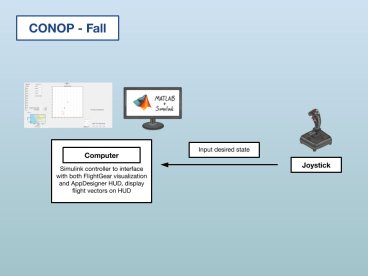
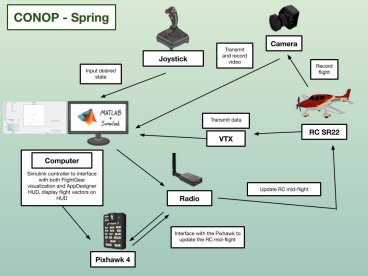
Sponsor: Paul Johnston, Cirrus Aircraft
Objectives:
- Allow the pilot to intuitively control speed, altitude, and flightpath vector
- Design system to mitigate environmental disturbances like wind gusts
- Display the pilot’s current flight vector and the predicted flight vector
- Display the pilot’s desired flight vector and the desired flight vector 5 seconds into the future
+
CanSat 2021

Sponsor: Sponsor: American Astronautical Society (AAS)
Objectives:
Over 66 objectives were released with the competition guidelines, but the most important ones with the updated competition rules are:
- The CanSat container and internal components shall remain intact after being dropped 65cm while attached to a shock cord.
- The container shall release its two samara payloads when it receives simulated altitudes of 500m and 400m from the ground station while in a “descent” state.
- The auto rotating samaras will be placed on a rotational table after release and shall transmit their telemetry back to the container at a rate of 1 Hz.
- The container shall transmit its own telemetry and the samara telemetry back to the ground station at a rate of 1 Hz.
+
HyCUBE
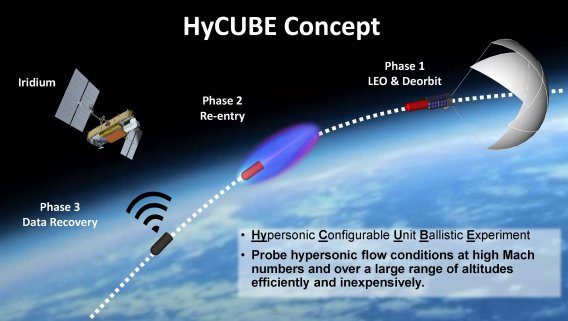
Sponsor: Professor Demoz Gebre-Egziabher, U of MN
Objectives:
HyCUBE redesign | 3 overarching problems to solve:
- Overheating on reentry
- TPS limits & speed
- Accurate, efficient, reliable deorbit
- Data chosen to be uploaded to IRIDIUM (limited bandwidth) and making up for packets not sent during a re-entry blackout
+
Personal Evacuation Vehicle
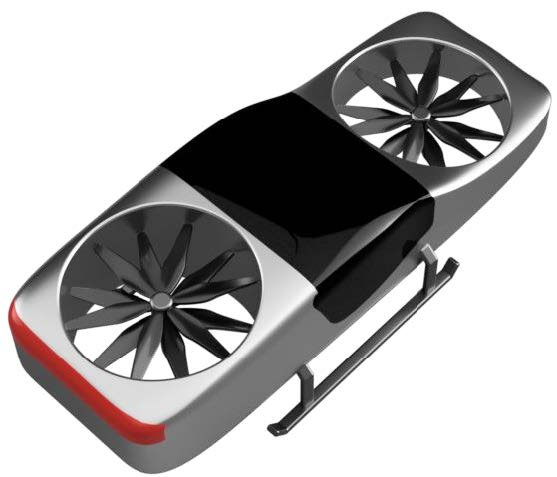
Sponsor: The Boeing Company
Objectives:
- Design a small personal evacuation vehicle to transport infected patients to medical facilities.
- Reduced aircraft and operating footprint with respect to commercial aircraft
- Reduced noise levels with respect to commercial aircraft
- Predominantly used in Cities/Urban Areas
- Improve access to rapid emergency care
- The PEV shall be able to accommodate 2 full adults prostrate or sitting
- The PEV shall be able to land and takeoff within a 28-foot diameter circular footprint
- The PEV noise levels should not exceed 100 dB beyond a 75-foot diameter circle
+
Venusian Dropsonde
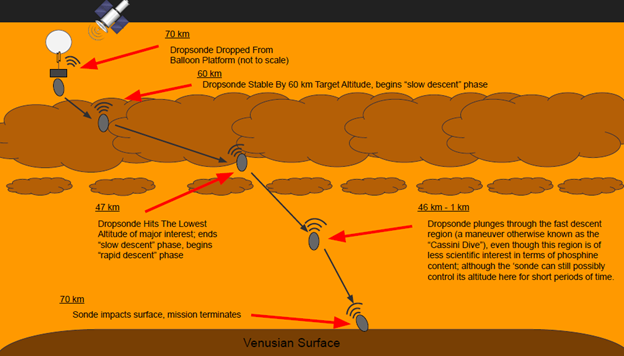
Sponsor: Aster Labs
Objectives:
- Design a dropsonde that can gather information about the Venusian atmosphere
- Dropsonde successfully collects and transmits data
- The group provides a plan that differs from previous designs and missions Aster Labs has seen
- The mission should be low cost (~ $390,000 per kg)
- The dropsonde must survive the atmosphere of Venus from 70 km to the surface
- The sensors on the dropsonde shall collect atmospheric data at different altitudes (especially 45 km to 60 km above the surface of Venus)[2]
- This data must include the altitude, pressure, temperature, and phosphine levels of the area it collects from
+
VTOL Survey UAV
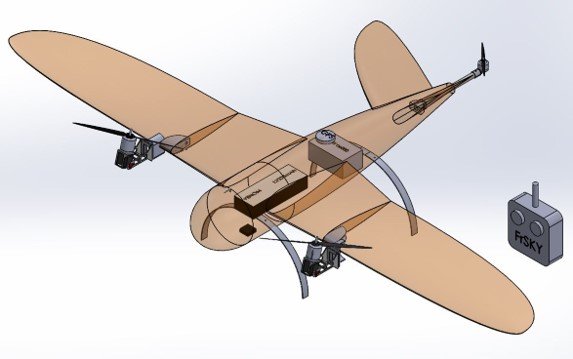
Sponsor: Curtis Olson (AEM) and Dan Heins (Department of Forestry)
Design goals:
-
Design should be capable of VTOL operation
-
Find middle ground on flight speed to obtain high image quality and endurance
-
High visibility for compliance with Part 107 requirements
-
Ease of use for operator
+
De Havilland Beaver Replacement

Sponsors: Professor Emeritus William Garrard, U of MN
Objectives:
- Retain or improve upon performance characteristics of the DHC-2 Beaver
- Hold a market competitive price
- Improve safety characteristics from the DHC-2 Beaver
- Improve maintenance operations and ease of use from the DHC-2 Beaver
- The BA-1 shall comply with CFR 14 FAR Part 23
- The BA-1 shall be capable of takeoff and landing in a variety of environments
- The BA-1 shall be at least 6 place (T) and 11 place (O)
- The BA-1 must retain the DHC-2 Beaver's cargo friendly interior
- The BA-1 shall improve on the stall characteristics of the DHC-2 Beaver
- The BA-1 shall maintain operational costs lower than the DHC-2 Beaver
- The BA-1 shall have a price that creates customer interest
- The BA-1 shall require only one pilot for operation
- The BA-1 shall have modern instrumentation and electronics
- The BA-1 shall include modern safety features to improve operation under poor conditions
- The BA-1 shall have performance characteristics that draw market attention and compete with the DHC-2 Beaver
+
Rocket Powered UAS Interceptor

Sponsors: Northrop Grumman
Objectives:
- Design a low cost, rocket-powered interceptor to come in close proximity to a UAS threat
- Use as many COTS products as possible
- Target UAV that may be capable of limited maneuvers
- Conserve funds whenever possible
- Incorporate safety measures on motor ignition
- Reach target at 2 km in 40 seconds
- Deliver payload of mass 0.5 - 1 kg to within 5 m of target
- State seeker requirements to successfully acquire target
- Utilize readily available options for seeker, actuators, and rocket motor
- Keep entire cost < $5000
+
Windscreen Wiper System Design
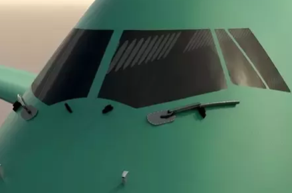
Sponsor: Collins Aerospace
Objectives:
- Reduce drag on wipers
- Improve fuel efficiency
- Reduce system fatigue
- Produce a relation linking wiper drag with fuel cost
- The wiper system shall produce 1% less drag leading to better fuel efficiency than all current Collins products
- The wiper design shall reduce total required system torque
- The wiper design shall reduce torque variation through the wiper cycle
+
Disposable Survey UAV
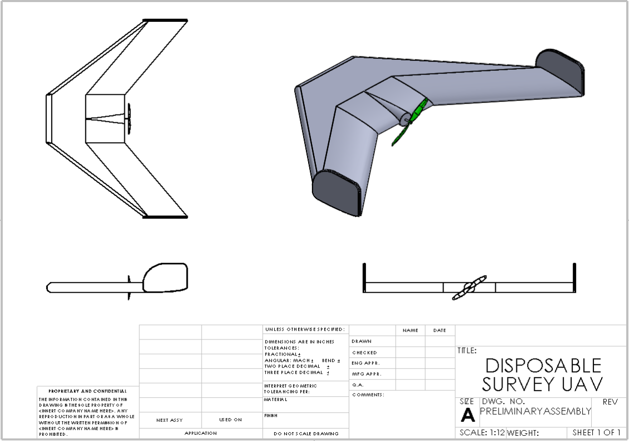
Sponsor: Sentera
Objectives:
-
Design to be replaceable/recyclable, rather than repairable
-
Maintain common industrial material requirements
-
Reduce possible spare parts to only “consumable” products
-
Design published with an open-source license model
-
100% electric propulsion
-
Packs flat for initial shipment
-
40 mph fixed-wing cruise speed
-
1 nautical mile operating range
-
GTOW less than 2 kg, preferably less than 1.5
-
400 ft max altitude